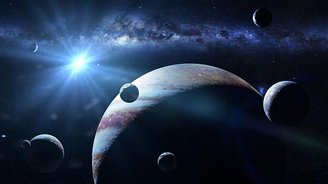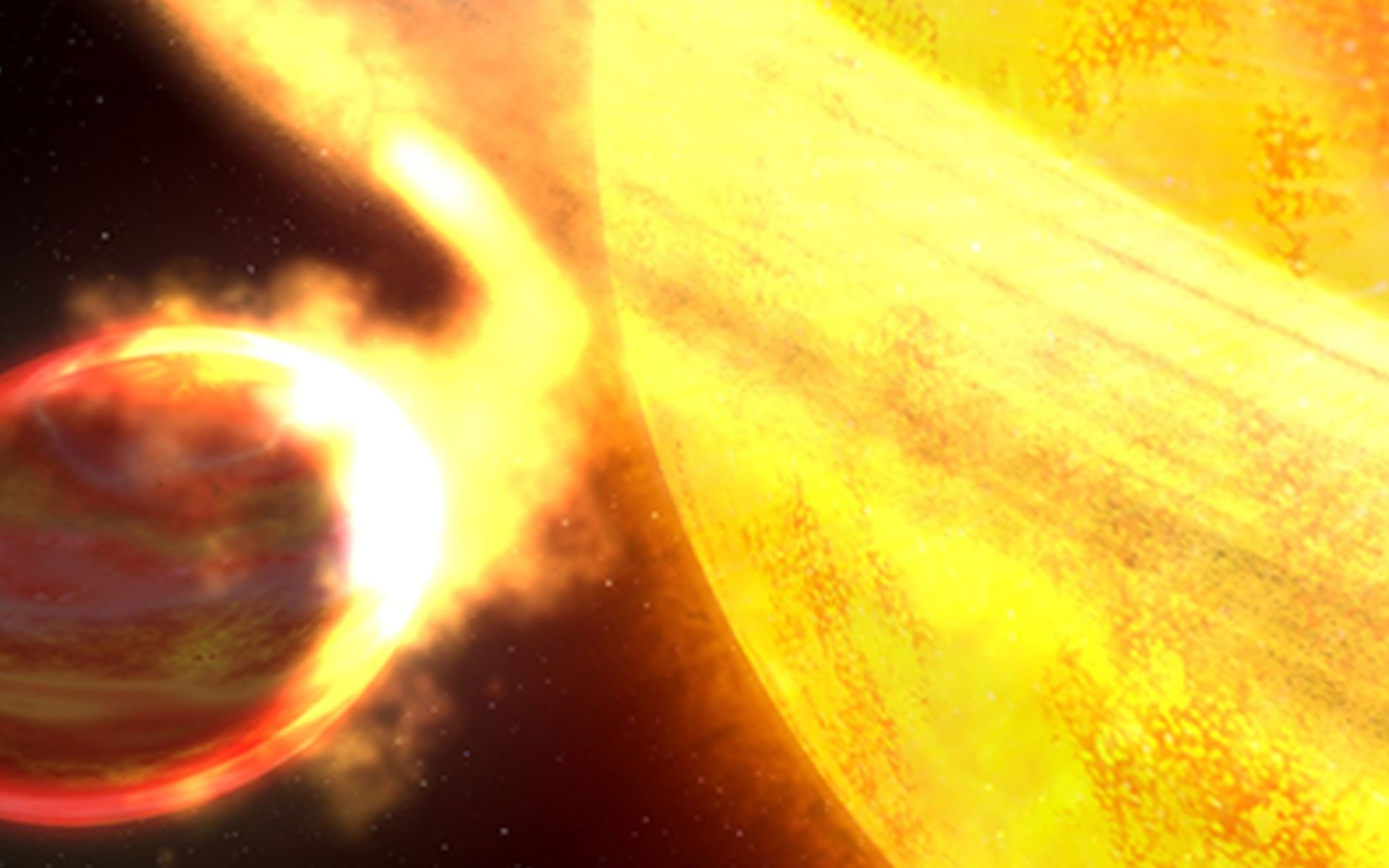The orbital dynamics of the two celestial bodies follow the laws of physics that scientists understand. but the third, fourth, fifth planet, etc. adding makes this process much more complicated. The concept called the ‘three-body problem’ was widely explored by science fiction writer Liu Cixin. Recently, the work even received an audiovisual adaptation for Netflix.
In an article on the website SpeechA team of scientists reveals they have collected data Understand the unpredictability that can involve the ‘three-body problem’. The research was published in the scientific journal Nature.
The paper’s researchers carried out a study of the closest twin stars and, after analyzing the data, discovered that one in every dozen pairs of stars may have ‘engulfed’ a planet.
In total, about 8% of the stellar pairs studied showed chemical anomalies. and these data suggest that one of the stars in these pairs is ‘gobbling up’ planetary material in its orbit. The result of the study was only possible thanks to the Keck Telescope in the United States and the observatories, the Magellan Telescope and the Very Large Telescope of the European Southern Observatory, both located in Chile.
“We observed twin stars traveling together. They arise from the same molecular clouds and therefore must be identical. Thanks to this extremely high-precision analysis, we can see the chemical differences between the twins. This means that one of the twin stars has swallowed planets or planetary material and changed their composition,” he said. The lead researcher on the paper, Dr. D., of Monash University in Australia. Fan Liu.
Planetary cannibalism
Researchers used spectroscopic data from 91 pairs of twin stars and discovered that some sisters are different from their twins. — and not all of them are exactly binary stars.

They presented a chemical pattern with high amounts of iron, nickel, and titanium compared to other elements. It is precisely these chemical factors that indicate that one of the stars has swallowed a planet.
The article states that the ‘swallowing’ of a planet may have occurred due to some instabilities in the dynamics of that system. Scientists say that these instabilities are most visible in the first 100 million years of the planetary system’s life. However, evidence suggests that the examples may date from much more recent times.
“This is a complicated situation. Engulfing the entire planet is our preferred scenario, but of course we cannot rule out that these stars may have swallowed a lot of material from a protoplanetary disk,” Liu adds.
Did you like the content? Stay up to date with more astronomy curiosities at TecMundo. If you wish, take the opportunity to understand how scientists identified a planet that managed to survive the ‘apocalypse’.
Source: Tec Mundo
I’m Blaine Morgan, an experienced journalist and writer with over 8 years of experience in the tech industry. My expertise lies in writing about technology news and trends, covering everything from cutting-edge gadgets to emerging software developments. I’ve written for several leading publications including Gadget Onus where I am an author.












